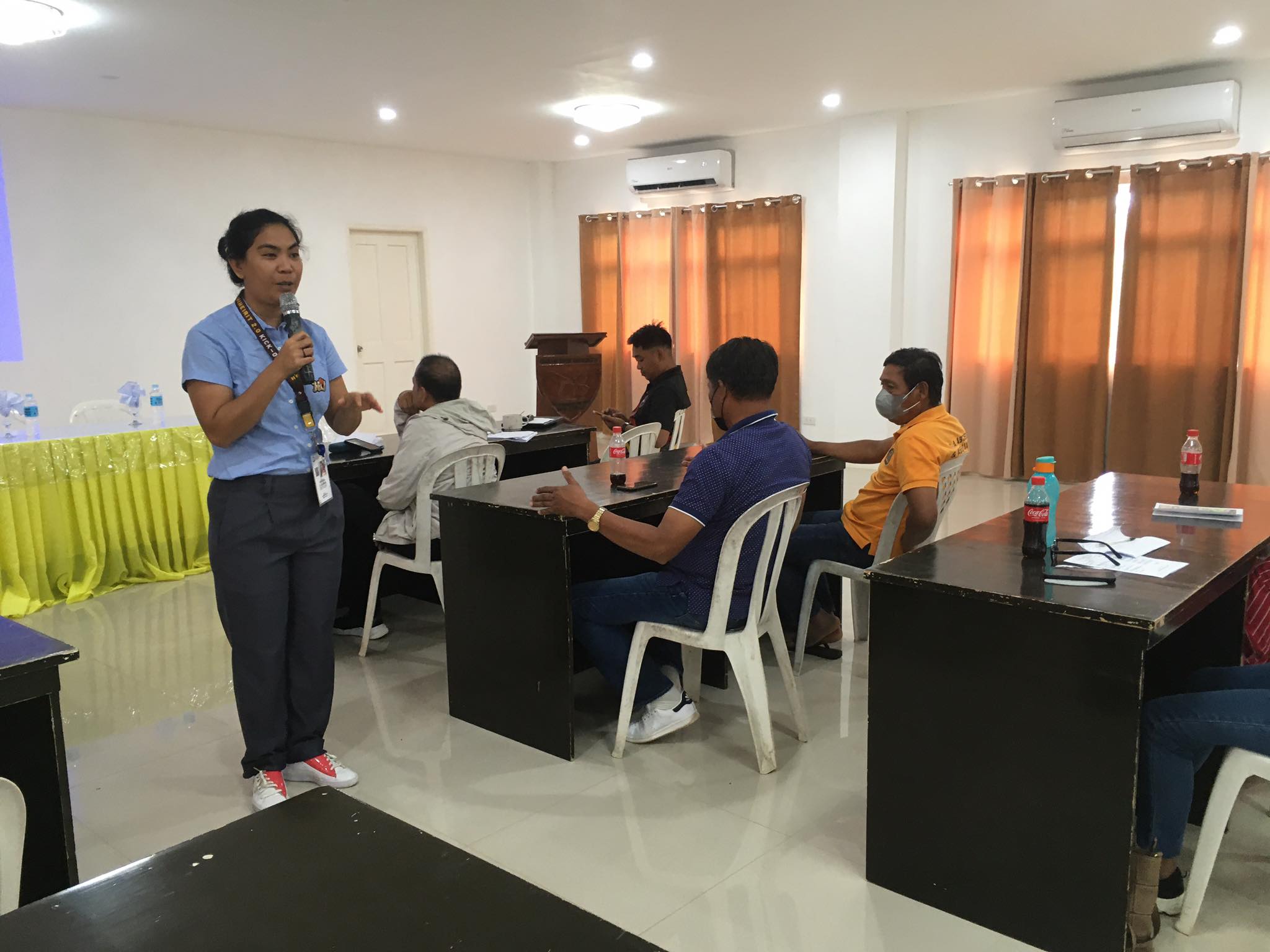Published October 22, 2022 by CIO

CSU and DOST Region 02, once again, teamed up in another development-oriented and innovative project called, ‘Science Technology and Innovation (STI) Support to Yarn Production using Fiber from Pineapple.’
With CSU-Gonzaga’s Agro-forestry commodities and vast Pineapple plantation, DOST made a proposal on the utilization of Pineapple, one of CSU-Gonzaga’s products. The proposal focuses on the use of Pineapple leaves as source of raw materials for fiber. This initiative is in support to the Regional Yarn Production and Innovation Center (RYPIC).
To formally begin the project, an inception meeting was held last October 20, 2022 with the presence of Dr. Froilan A. Pacris, Jr., CEO of CSU-Gonzaga; Engr. Jayferson Mabborang, Provincial Director and OIC of DOST; Ms. Rowena Guzman and Mr. Romeo Puyat, DOST team; Ms. Sherly Grace Brioso, Communications Affairs Officer II of Cagayan Economic Zone Authority and other staff; RDE team of CSU-Gonzaga headed by Mr. Marvin Baloloy; Project Leader, Dr. Charisma Vivit; and the Pineapple Growers from Barangay Isca, Cabiraoan, Sta. Clara and Laoc Pateng.
In the meeting, Dr. Vivit discussed the components of the project while the members of the DOST talked on the STI interventions the agency shall extend to CSU and Pineapple growers which include decorticating machines, trainings, consultations, production and marketing of Pineapple fiber.
The Pineapple Growers of Gonzaga were also given the chance to raise queries on the project. Some issues raised were on trainings for Pineapple Plant management, accreditation of association of the Pineapple Growers of Gonzaga, and maintenance and sustainability of the products. In response, Ms. Brioso of CEZA committed to assist in the accreditation of their association.
The Cagayan Economic Zone Authority (CEZA), on the other hand, is one of the stakeholders and partner agencies of CSU in its extension projects. In the future, when the project shall be extended in the Municipality of Sta. Ana, CEZA will be one of CSU’s partners.
As the yarn production in Cagayan Valley continues to thrive, the demand for fiber continues to rise both in local and international markets. The project in support to RYPIC shall create economic development, promote tourism in the region, and create opportunities for livelihood among farmers, weavers and enterprises. Most importantly, farmers of pineapple and bamboo can now use the wasted leaves and pseudo stems of these plants to become the raw materials of the natural blended yarns made in RYPIC. RYPIC becomes the mechanism to jumpstart the use of natural blended yarns in the region from where the raw materials are sourced.
Source: Campus RDE office
Photo credit: Ms. Jean Torres and Mr. Reden Lapena